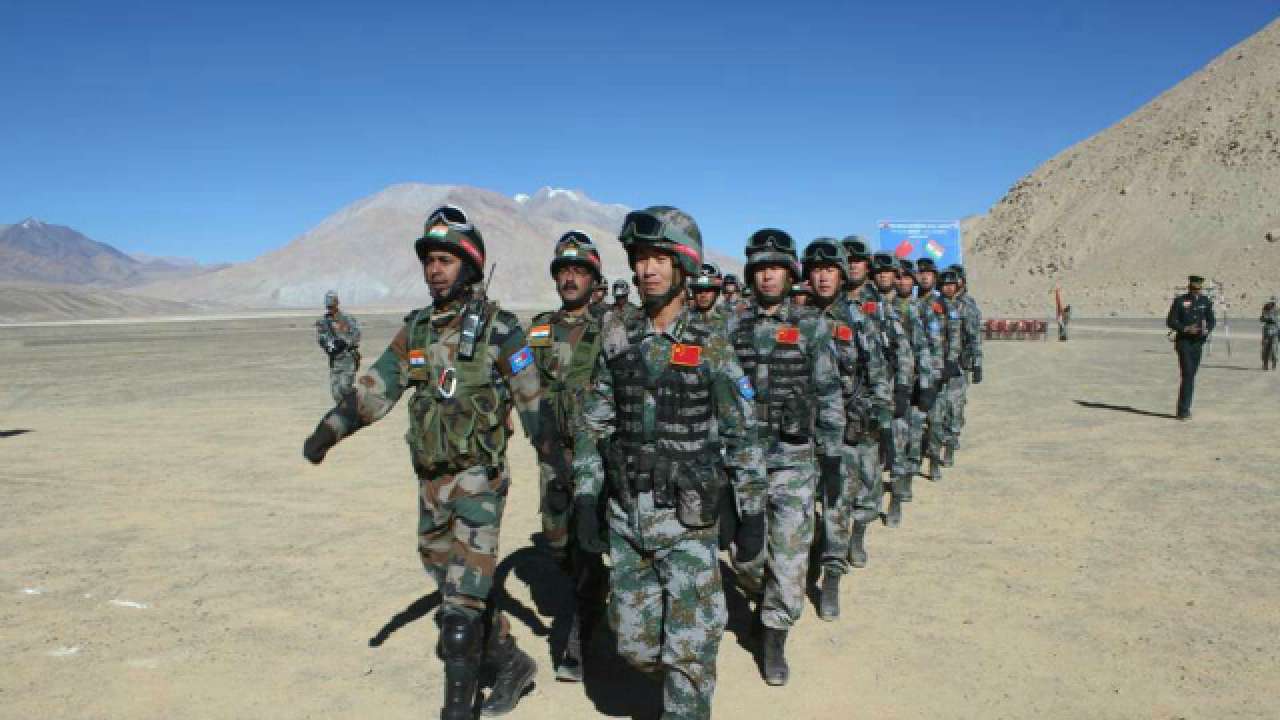Operation Juniper : How Indian Army Pushed Chinese Back
On the evening of 17 June 2017, top commanders in the Eastern Army Command of Indian Army were anxiously awaiting instructions from its top brass.
Thousands of kilometres away in the national capital, the atmosphere was extremely tense at a high-level secret meeting of security and military leaders. Finally, late at night, Prime Minister Narendra Modi gave the go-ahead for ‘Operation Juniper’.
Next morning, several companies of the Indian Army crossed into the Doklam area of Bhutan as part of the operation and formed a human wall to prevent a team of Chinese People’s Liberation Army (PLA) from constructing a road that would have given the Chinese access to Indian territory.
It was called ‘Operation Juniper’ as junipers are trees found in Eastern Tibet.
“The road track would have circumvented our post (Dokala) and would have given the Chinese the access to Jampheri Ridge. They would have come behind our Dokala post,” a senior government official told, while explaining why the Indian Army had to physically stop the Chinese from constructing the road.
This move of the Indian Army led to a tense stand-off with the Chinese military. The deadlock lasted for over two months before the Chinese agreed to retreat to a mutually agreed point.
The access to the Jampheri Ridge would have given the PLA a clear line of sight to the narrow Siliguri Corridor.
The Siliguri Corridor, colloquially known as the ‘chicken neck’, is a narrow tract of land that connects the entire Northeast to the rest of India.
The Chinese had started the road construction in the Doklam Plateau way back in 1998. Since then they had been constructing small parts of the road every other year.
“We have been noticing it for so many years. But we could not do anything because it was happening in the Bhutanese territory. We stepped in only in 2016 when the road directly threatened our strategic interest,” the official said.
Modi govt was in a dilemma
On 16 June 2017, Indian soldiers at the Dokala Post observed sudden Chinese activity a few meters away. They observed that three earth excavators had come along with workers and PLA personnel.
The Chinese side then began putting up markers and was preparing to begin the road construction.
The information was immediately conveyed to the local Command in Nathu La. The message then reached the Army Headquarters in New Delhi.
The Army was concerned about the new construction activity by the Chinese, but could not do anything without permission from the Modi government.
The Army Commanders are empowered to act and take operational decisions, but as the development was taking place in the Bhutanese territory, the local Commanders needed clear directions from the top brass.
The government, on the other hand, was in a dilemma — neither did it want direct confrontation with China nor could it allow the road construction. This dilemma finally led to the decision of forming a human wall.
Strict instructions were given to ensure that the Indian side did not engage in any scuffle and that things were handled as calmly as possible.
Chinese taken by surprise
The PLA was taken by surprise when over 300 Indian soldiers walked down and formed the human wall to stop the earth excavators from moving ahead. Indian soldiers had also brought in bulldozers to form a stronger boundary.
The Chinese were outnumbered. The closest base for the Chinese in Doklam was at Yadong, which is about 10 km away from the stand-off spot and at a much lower altitude.
The Chinese did not know what to do. Interestingly, only few Indian soldiers forming the human wall carried weapons and that too pointed down. But behind the human wall, there were several more Indian soldiers with weapons at the Dokala Post.
Later, senior Chinese officials came to the spot and even after a lot of negotiations, the Indian side refused to retreat and categorically told the Chinese that the road cannot be expanded further.
Chinese formed human wall too
As the days passed, more Chinese soldiers came in and formed their own human wall. But at no point of time were the Chinese able to outnumber the Indians.
As the stand-off showed no signs of resolving, soldiers on both sides started forming human walls in shifts. The Chinese soldiers, who were not acclimated properly to stay at such high altitudes, had to be changed faster than the Indian soldiers.
During the stand-off, frenzied Chinese media issued open threats to India.
China withdrew first
Indian and Chinese officials engaged in hectic backdoor diplomacy as the stand-off continued. Though neither side showed signs of retreat, they also didn’t want any escalation.
After intense negotiations for days, it was finally decided that China would move back by about 200 metres and India will go back to Doka La post.
The Chinese retreated on 28 August 2017. Sources said the Chinese side walked back first because they were the ones who came in first. Before retreating, they took down the Chinese flags that were erected at the site of the road construction.
Ever since, both sides have stepped up military presence in the disputed area.
The Indian Army has moved in more personnel and equipment, including heavy artillery and other arsenal. The Chinese too have done the same.
Outcome of Doklam stand-off
Sources said when the Indian troops moved into Doklam, the only concern was the road construction and that has been successfully halted.
For the Chinese, however, the stand-off gave them a chance to try and work out a solution with Bhutan over Doklam. The Chinese holding line in the contentious region is likely to become the working boundary between the two.






 Order Now on Amazon
Order Now on Amazon
